-
Posts
44512 -
Joined
-
Last visited
-
Days Won
262
Posts posted by Phil
-
-
53 minutes ago, SilverFallsAndrew said:
It’s funny how everyone on here loves Nina’s and you come in here with “best we can hope for.”
The love for niñas is understandable but misguided.
-
 1
1
-
 1
1
-
 1
1
-
-
You know the cold season is on its deathbed when it’s pushing 80°F despite mostly cloudy skies.
Might’ve had our last sub-60°F high until Oct/Nov.
-
 1
1
-
-
11 hours ago, TT-SEA said:
You just predict the utter extremes which is pointless... like your summer forecast.
Also a super Nina can mean an endless parade of storms and raging zonal flow.
Yeah 1975/76 was possibly the strongest niña of the 20th century and it was relatively mediocre.
Even had +QBO/-PMM and healthy W1 IPWP signal. But it’s possible the niña got so strong it essentially shut down the intraseasonal/MJO components that are crucial to amplifying wave activity. Which would explain why the PV was so outrageously strong that entire winter.
-
 1
1
-
-
12 hours ago, TT-SEA said:
I’ve been digging thru the ENSO progression of every WW-II year looking for failure modes of developing niñas, and I think the best we can hope for now is a weak niña featuring more of a 2 wave low pass signature (IPWP and W-IO/ATL). There’s still a chance this thing fails to gain amplitude after Oct/Nov and weakens thru the winter.
But I’ve lost hope at avoiding the niña altogether. And given the QBO transitioning over summer and in-situ -PMM, a rapid crash like 2010 is probably the more likely outcome.
But..technically anything is possible. Mother Nature built the sandbox, we just play in it. Who knows what other modes of variability exist within the system but haven’t been observed yet due to our limited data sample (even 200yrs would probably only cover ~ 40% of change-EOFs possible in today’s climate).
That’s the main limitation of analog methods of seasonal forecasting. Can’t solve a puzzle if you’re missing half of the pieces.
-
 2
2
-
-
-
-
3 minutes ago, Timmy Supercell said:
Got a little dim here for about a half hour as well. Not dark enough to trigger street lights but it reminded me of the Aug 2017 eclipse in Oregon.
Yeah no streetlights came on, just some neighbors’ hyper-sensitive front door lights.
Same, was in GA for 2017 eclipse which was ~ 90% totality there, so this was basically the same.
-
 1
1
-
-
Got dark enough here for neighbors’ lights to come on briefly. The dim sunlight was kinda spooky. Temp dropped by ~5°F
Much lighter now.
-
 4
4
-
 1
1
-
-
-
5 hours ago, SilverFallsAndrew said:
I feel you Phil. I thought I had pink eye last year, but it was actually Cellulitis. Pretty much swelled one of my eyes shut. Some pretty horrific stuff. Also I don't see unending ridging for the PNW either.
Turns out it’s a corneal ulcer. Got back from eye doc just b4 eclipse started, some antibiotic drops should clear it up.
-
 6
6
-
-
FWIW, Dr. Roundy’s MJO-only analog composite (ignoring ENSO/other low pass elements) suggests a substantially warmer second of April over the NW half of the CONUS, and maybe a reprieve for the east/SE. It isn’t until early/mid May that the cool signal re-emerges in the PNW.
Of course, the MJO will be projected through/within the ENSO/low frequency state, so this actual outcome could be substantially different. This product did perform well last summer, though.
https://www.atmos.albany.edu/facstaff/roundy/waves/rmmcyc/indexmjo.html
-
2 minutes ago, Cascadia_Wx said:
Did you get a braille app to read the form with?
My left eye is working fine, bruh. Don’t hate on disabled people.
-
 1
1
-
 1
1
-
-
-
As we get later into spring into summer, the more substantial troughing will occur when MJO/amalgamated tropical forcings propagate through the IO/E-Hem (especially post-onset of the Asian monsoonal trough).
Meanwhile, the periods with more IPWP subsidence relative to W-Hem/Atlantic will be the warmer/ridgier ones. How quickly the ENSO state transitions (and how quickly westerly shear/+QBO downwells thru the tropical mid/upper stratosphere) will determine which of the aforementioned modes dominates (though both will occur at times).
-
 1
1
-
-
Already mentioned none of the MJO-derived analog years are troughy straight through (except irrelevant volcanic years).
WPAC/warm pool —> W-Hem is not *typically* a cool/troughy signal in the PNW in April anyway. Exceptions are well established -PMM and/or niño —> niña years (of which 2024 is both). But even then, the outcome is changeable, troughy on balance at 500mb but not constantly.
For reference, we had this exact MJO transit twice in spring 2015 and the outcome was a huge western ridge. Only reason it’s not going that direction in 2024 is the base state is in diametric opposition in structure and evolution.
-
1 hour ago, Cascadia_Wx said:
Awful trends on the 00z runs. I’d rather have the eclipse turn out cloudy than come home to a nasty ridge.
Huh? There’s like 1 or 2 ridgy days out of the next 10 up there. Meanwhile I get one quick trough in a sea of nonstop ridging.
You’ve been getting your way all year. A little variability won’t hurt you or the ecosystem.
-
 1
1
-
 1
1
-
-
6 hours ago, MossMan said:
I thought mossman liked his moss? You mentioned growing and watering it a few years back.
-
8 hours ago, SilverFallsAndrew said:
Oh yeah. Though late summer is more humid than say, Oklahoma, it’s not quite as hot and there can be some cool days. We had a clipper come through once when I was there and it was lovely for a couple of days afterwards.
Summer clippers are a dying breed. They used to happen all the time (the early 2000s had some amazing ones, w/ epic QLCS/squall lines followed by cool/dry air) but now they seldom occur after the solstice.
With the Bermuda High getting fatter and expanding NW a little more each decade, it’s probably only a matter of time before they cease altogether.
-
25 minutes ago, Chewbacca Defense said:
That was me last Sunday, only worse. I got a hair clipping in my eye, and it got all kinds of swollen and pissed off. I got an abrasion on my cornea thanks to said hair clipping, and it is finally returning to normal, finished antibiotic eye drops this morning.
The plus side, I had an eye patch and my wife "let" me talk like a pirate. The only problem was I was feeling pretty crappy (also had a cold) so I wasn't really in the mood to talk like a pirate.
I’m sorry that happened to you, but I desperately needed the laugh. So thanks!

This shit started yesterday (probably from sleeping with my contacts in) but hasn’t gotten any worse today. So I’m hopeful it’ll clear on its own. Fingers crossed.
-
 1
1
-
-
-
1 hour ago, Timmy Supercell said:
Any idea how this summer might start and end? I want to ease into it and not have 90's in June this year. and then not still have 90's all September..
Blowtorch summer, especially the second half. Niña onset with descending +QBO and in-situ -PMM is the worst possible setup.
June might be closer to climo, but not guaranteed. 2010 started torching in April and didn’t relent until December.
-
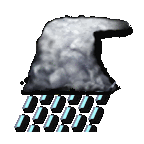 1
1
-
-
9 minutes ago, Anti Marine Layer said:
Another attempt by the globalist elites and the principalities and powers that control them to scare us out of our freedoms and bring about the Great Reset where we will have to eat bugs and wear the mark of the beast. The Antichrist will come soon and bring about the long prophesied one world government with the apocalypse soon to follow.
People today prefer safety and security over true freedom, as was proven during the pandemic.
If this is sarcasm, you need to make it clearer. A good number of people will take this literally. Like, word for word.
-
 1
1
-
-
5 minutes ago, Timmy Supercell said:
I think anomalies in general are greater in colder climates, I saw examples of really large ones in Klamath Falls though they were almost exclusively in certain times of the year. I remember being surprised Nov 2016 wasn't in the top warm ones in that town after finding it ended up with a rather large spread from normal.
So, in that case, what would classify it as a climate breaking statistic? Need more info for sure.
Yes. Standard deviations are very large in cold climates that are removed from substantial oceanic influence. The polar regions also house the tightest thermal/insolation gradients and strongest storms/planetary wave activity. Extreme variability is the rule, not the exception. And the most extreme places go unmeasured (by sfc stations, at least).
The aforementioned article draws the absurd comparison between temperature variability in the Antarctic with variability in the UK. Then intentionally ignores the scientific context explaining the vast differences and why they cannot be compared.
Just one of many gargantuan mistakes littering every paragraph.
-
 2
2
-
 1
1
-
-
@SnarkyGoblin This might be the dumbest sh*t I’ve ever read. Not blaming you at all, most people wouldn’t suspect a prestigious legacy media outlet like “the guardian” of such prolific incompetence.
But yes, pseudoscientific babble is too kind a descriptor for this rancid hunk of donkey dung masquerading as a climate science article. How morons like this get into positions allowing them to spew disinformation at will is beyond me. Holy molasses.
There are at least 5 catastrophic errors in the first 2 paragraphs of this article. Can you spot them?
-
 1
1
-
 1
1
-
 1
1
-
 1
1
-

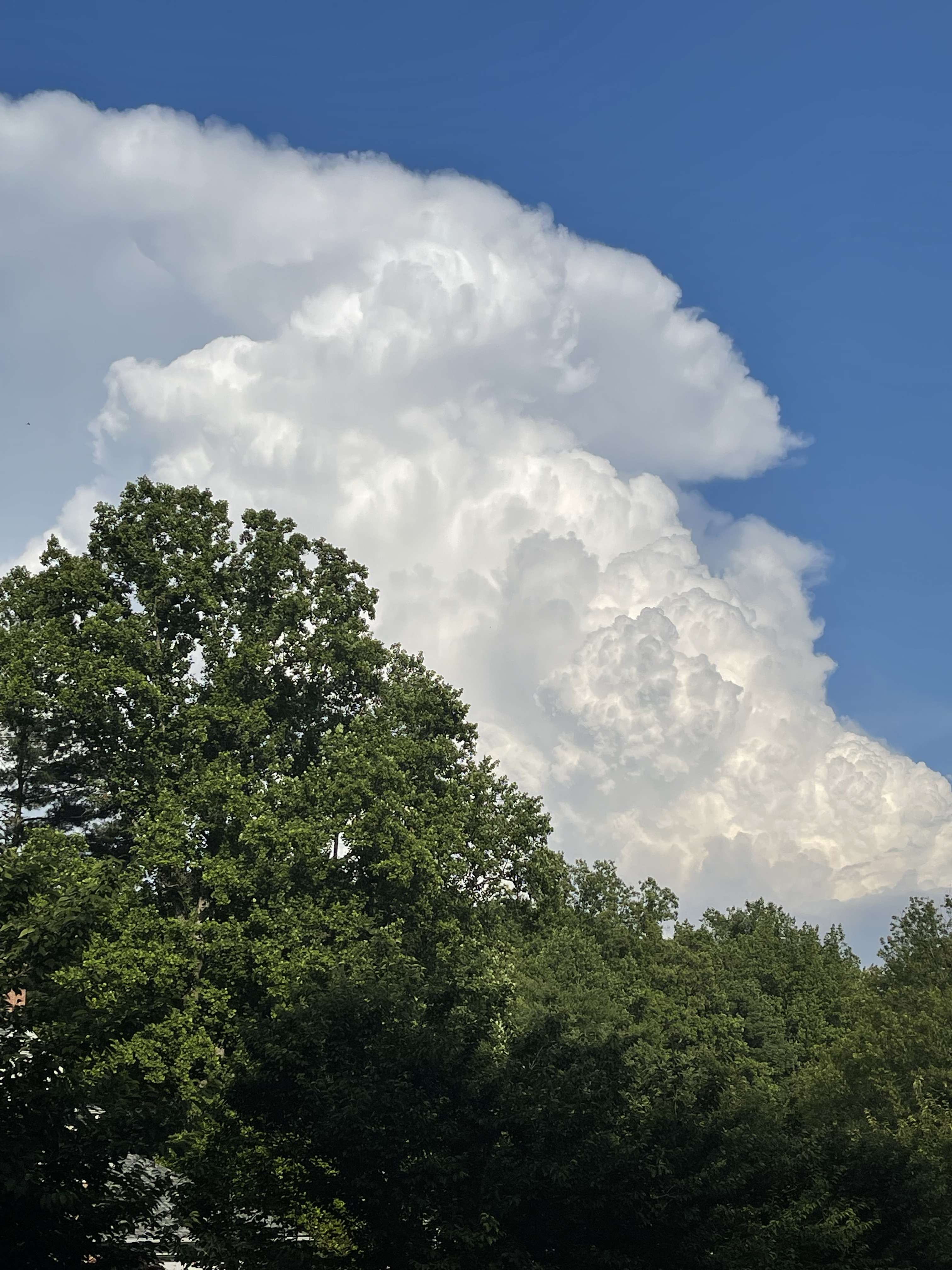

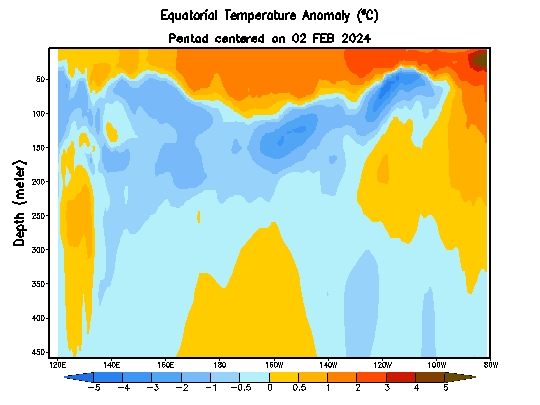
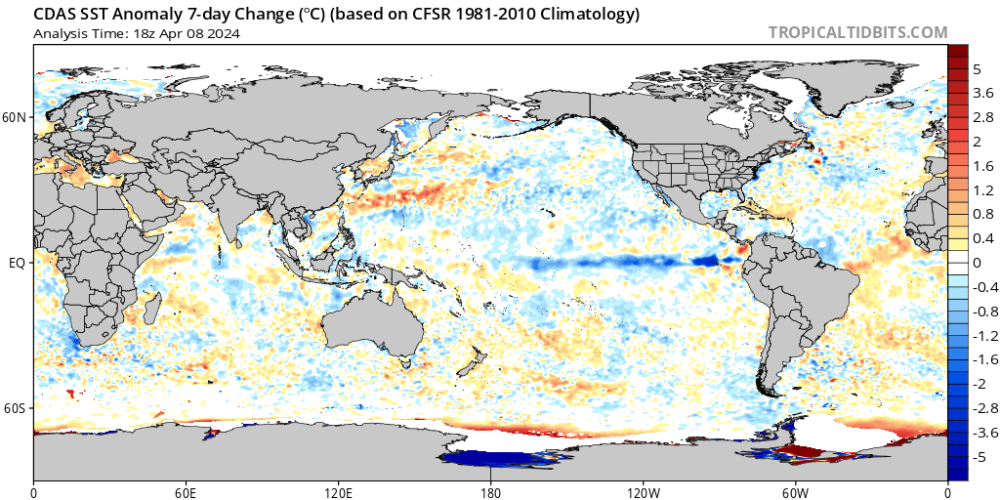
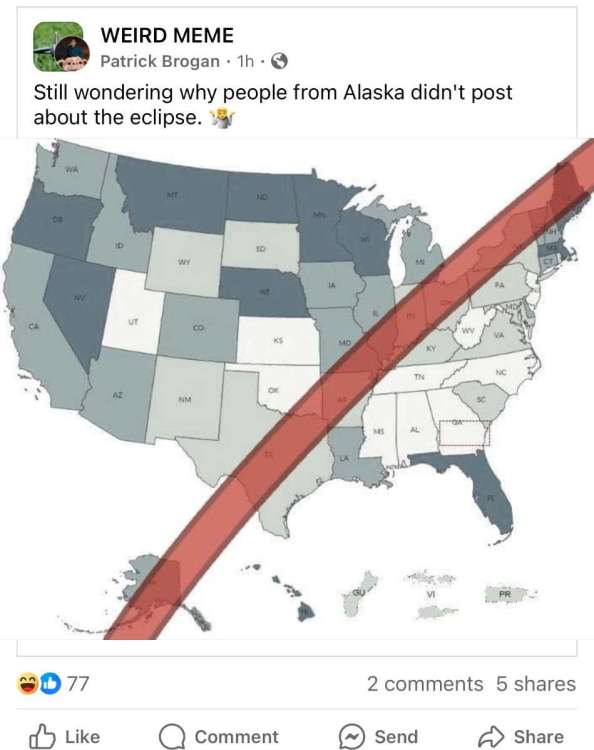


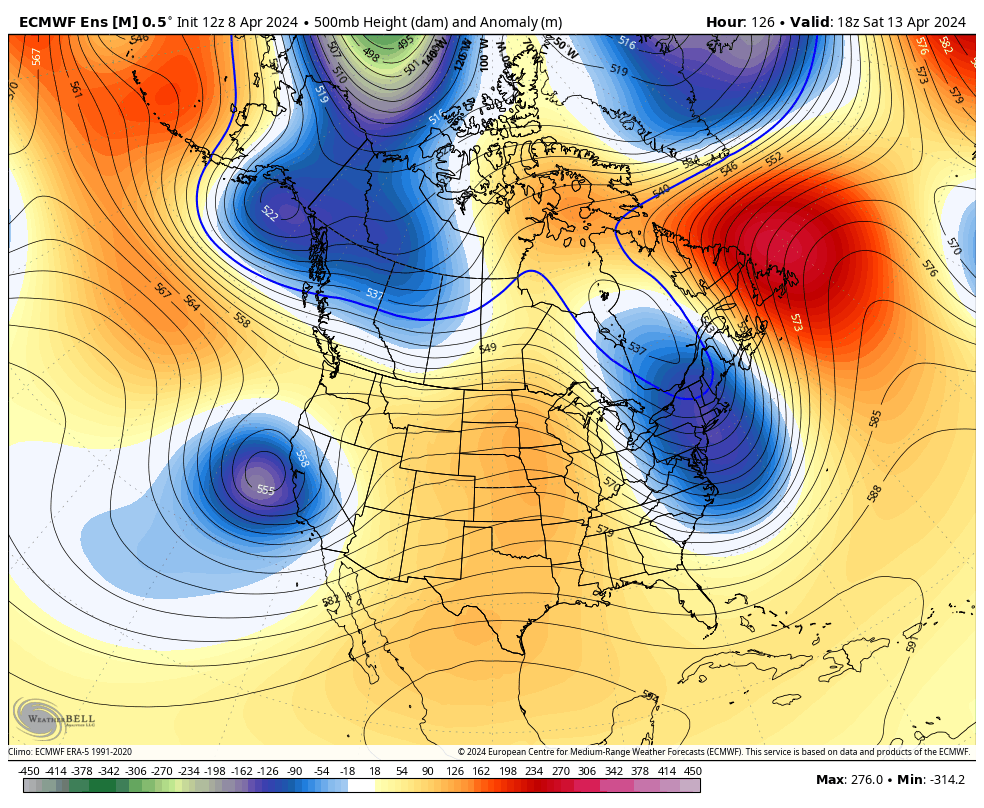

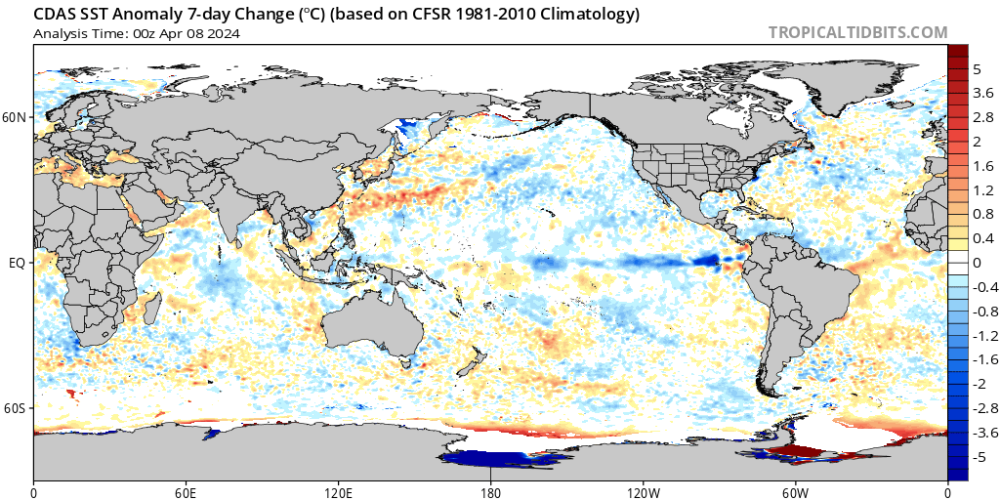
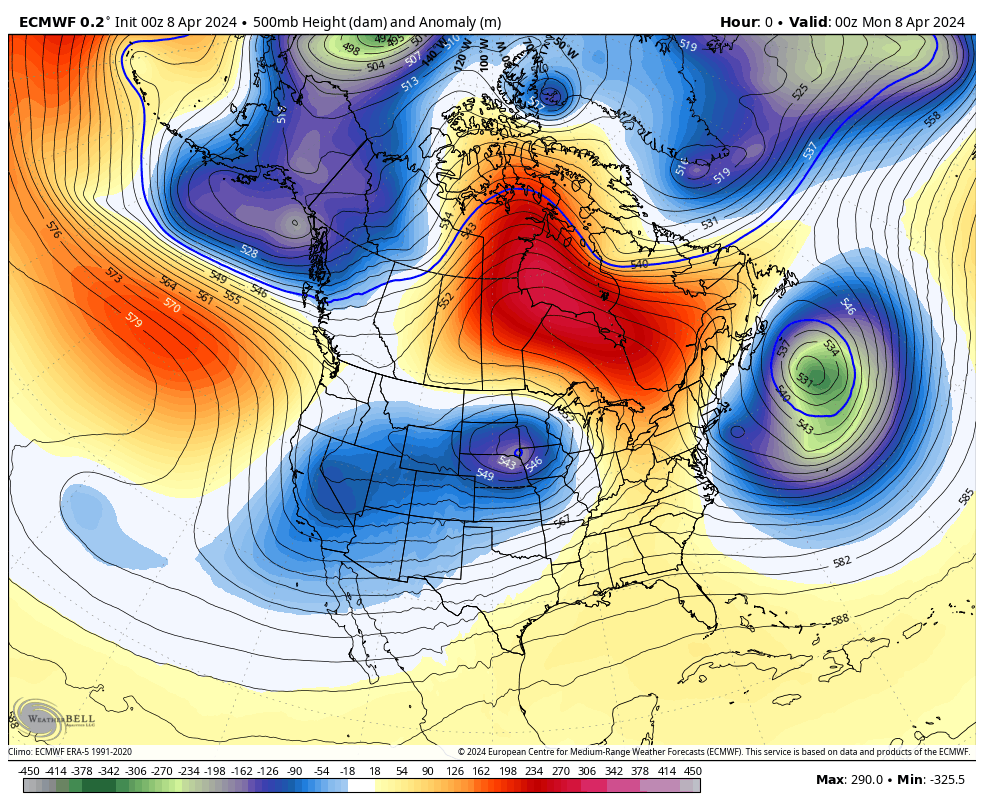
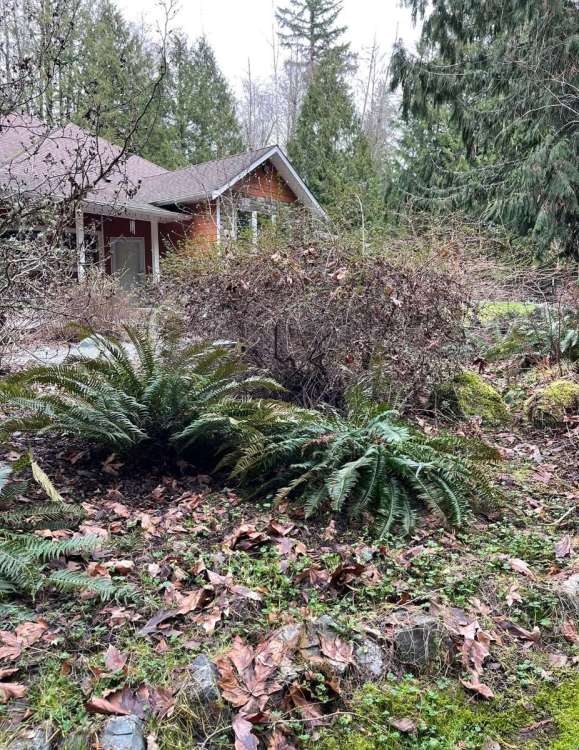

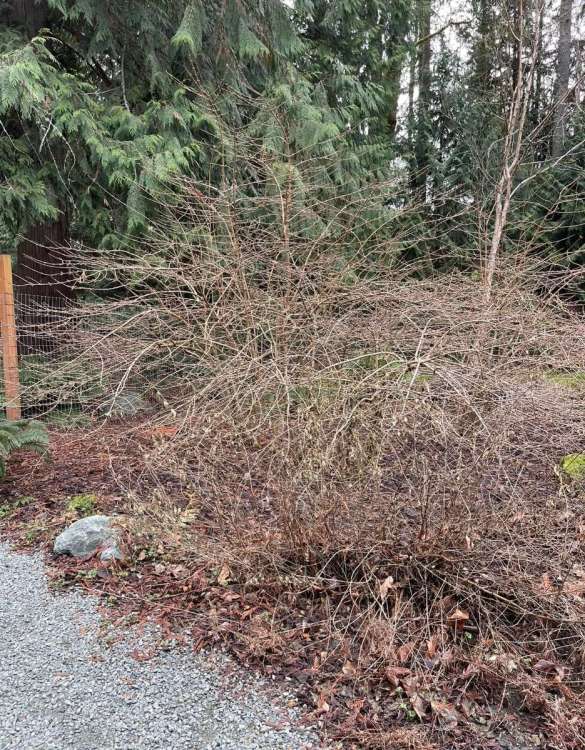





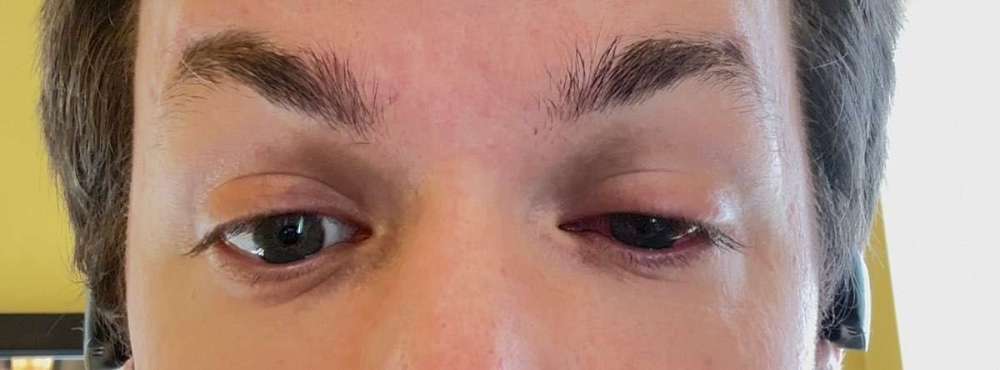

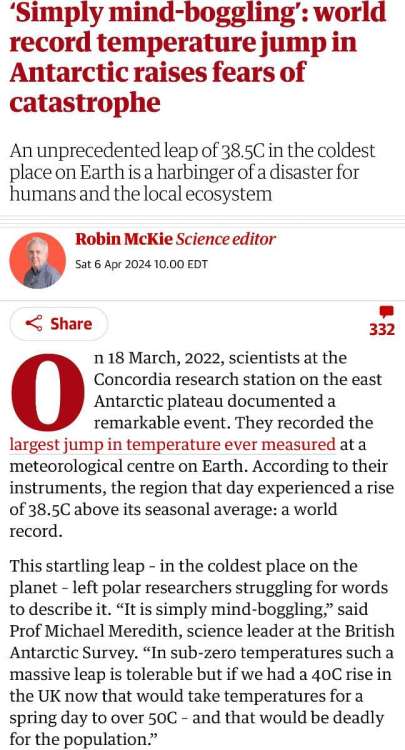
April 2024 Weather in the PNW
in West of the Rockies
Posted
Maybe 90/91? “All around” is a subjective term.
For all intents and purposes, 16/17 was also a neutral winter, as it completely lost any semblance of LF niña forcing in Jan (and was closer to niño-costero by Feb).